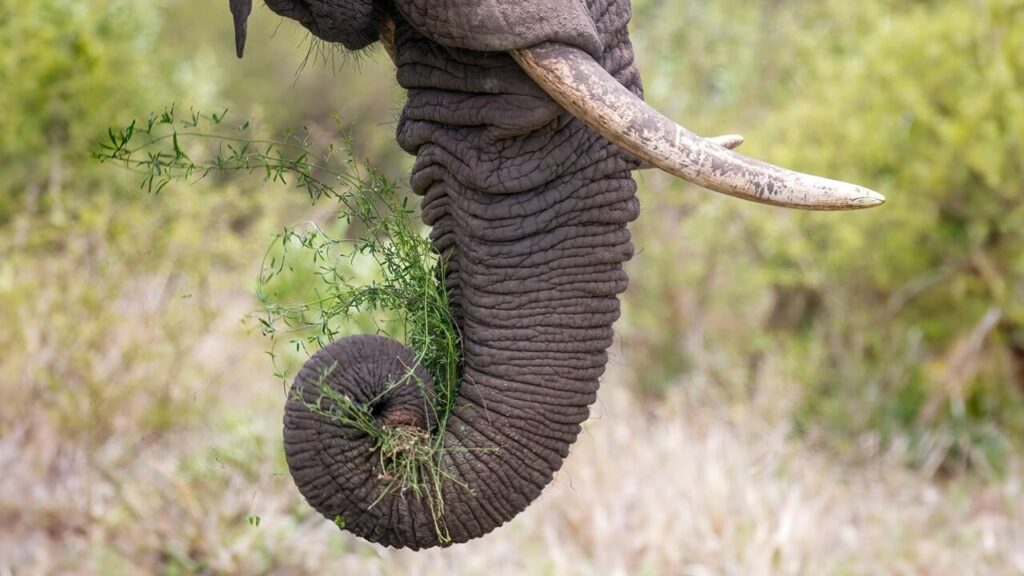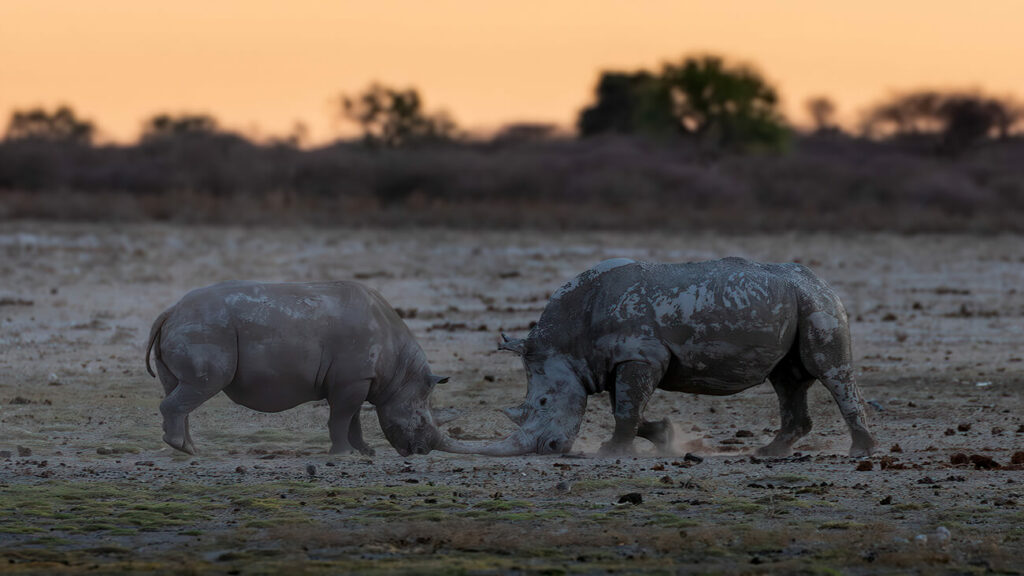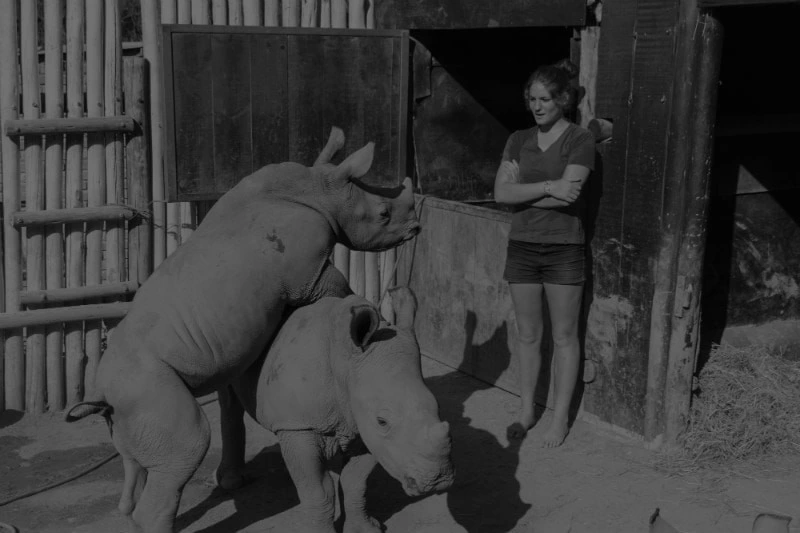Brown Hyena: The Kalahari’s Shaggy Scavenger
Brown Hyenas: Unraveling the Secrets of the Strandwolf
The Brown Hyena (Parahyaena brunnea), also known as the Strandwolf, is a species of hyena found in southern Africa. They are the second-largest hyena species, and are known for their shaggy, brown fur and long, pointed ears. Brown Hyenas are unique among hyenas in that they are primarily scavengers and are known to feed on a wide variety of food sources, including carrion, insects, and even fruit.
Quickfire Facts:
- Weight: Adult Brown Hyenas typically weigh between 35 to 55 kg (77 to 121 lbs) with no noticeable size difference between the sexes.
- Speed: These hyenas are fast runners, with a maximum speed of around 64 km/h (40 mph)
- Diet: Brown Hyenas are opportunistic feeders, and their diet primarily consists of carrion, insects, and fruit. They are also known to take small mammals and reptiles.
- Threats: They are facing numerous threats, including habitat loss, poaching, and human-wildlife conflicts. They are also affected by diseases, such as rabies and distemper.
- Social Behaviour: Brown Hyenas are generally seen alone and were thought be be solitary animals, but this is not the case. Surprisingly, there is a social hierarchy and live in loose groups of up to 20 individuals (typically 4 – 6). Their social structure is based on a dominance hierarchy, with a mating pair leading the group of extended family. Males can fight to the death over hierarchy, while females rank based on age. Younger males are known to emigrate and join other clans. They are active mainly at night and are known to communicate with each other through a variety of vocalizations, and their anal pastings are frequently seen on vegetation as they demarcate territories.
- Reproduction: They have no mating season but typically produce one litter every ~20 months, with a gestation period of around 3 months. They typically give birth to a litter of 1-4 cubs. The cubs will stay with their mother for around 2 years before becoming independent. Females are polyestrous and generally mate with nomadic males. Cubs stay at the den sites until 14 months old and continue to grown until 30 months of age. Brown hyenas can live up to 15 years of age.

Taxonomy and Origins: A Hyena Apart
Brown Hyenas (Parahyaena brunnea) belongs to the Hyaenidae family, alongside spotted, striped, and aardwolf cousins. However, it’s the sole member of its genus (Parahyaena). Fossil evidence suggests hyenas roamed Africa for millions of years, with these hyenas specializing in scavenging early in its evolution.
Size and Appearance: Built for Endurance
Brown Hyenas are the second-largest hyenas. These Hyenas typically weighs 38-55 kg (77-121 lbs) and stands around 80 cm (31 inches) tall at the shoulder. Its most striking feature is its shaggy brown coat, longer on the neck and back, and its long, pointed ears. Unlike spotted hyenas, there’s little difference in size between male and female hyenas.
Adaptations for Scavenging: Finding a Meal
Brown Hyenas have powerful jaws and teeth, perfect for crushing bones and accessing the nutritious marrow inside. They have an incredible sense of smell, allowing them to locate carrion from miles away. Their large, padded feet help them cover vast distances in search of food, making them highly successful scavengers.
Social Lives: Clan Dynamics and Cooperation
Once thought to be solitary, Brown Hyenas actually live in clans of up to 20 individuals, although they are seldom seen together, typically 4 – 6, led by a dominant breeding pair. Clans have strict hierarchies, with intense competition among males for rank. These hyenas are primarily nocturnal, communicating through vocalizations, scent marking, and their distinctive “pasting” behavior.

Temperament: Shy and Resourceful
Brown Hyenas are generally shy and avoid humans, but they can be bold when scavenging, especially if hungry. They’re incredibly resourceful creatures, adapting their diet and behaviors to survive in challenging environments.
Reproduction: Raising the Next Generation
Brown Hyenas don’t have a specific breeding season, but usually have one litter every 20 months. Gestation lasts around 90 days, and females give birth to 1-4 cubs in underground dens. Cubs stay with their clan for up to two years, learning essential survival skills from their parents.
Distribution: Southern Africa and the Kalahari
Historically, these hyenas had a wider range across southern Africa. Today, their largest population resides in the Kalahari Desert, with smaller populations in other arid and coastal environments.
The Kalahari Connection: A Scavenger’s Paradise
The Kalahari, with its scarce resources, might seem like an unlikely home for large predators. But Brown Hyenas thrive here! Their scavenging lifestyle allows them to utilize carcasses left by other predators and even find sustenance from insects, fruit, and marine life washed up on the coast. These amazing animals are perfectly adapted to this harsh environment.
Threats and Conservation: A Fight for Survival
Brown Hyenas face numerous threats. Habitat loss due to agriculture and urbanization fragments their populations. They’re also persecuted by farmers due to a mistaken belief they prey on livestock and can be victims of poaching for their body parts. Disease outbreaks present an additional danger.
FAQs: Your Brown Hyena Questions Answered
The Value of the Brown Hyena: More Than a Scavenger
Brown Hyenas are essential to maintaining healthy ecosystems. By understanding their unique adaptations and the challenges they face, we can work to ensure the survival of this remarkable scavenger in the Kalahari and beyond.

Brown Hyena feeding on an old carcass
Want to see a Brown Hyena for yourself? Our Project let’s you join a Kalahari Safari to help African Wildlife or Contact Us for any other questions or read our Testimonials!
Learn More about these fascinating animals here!






